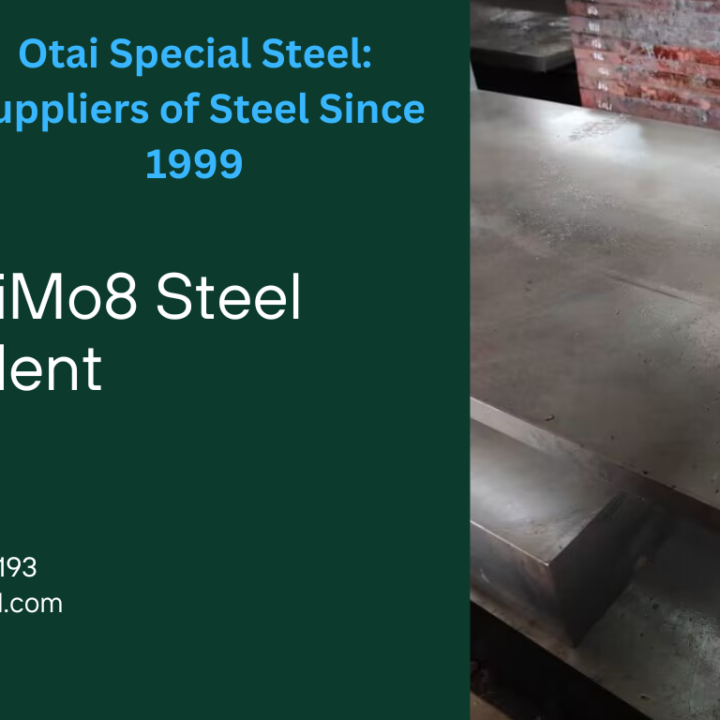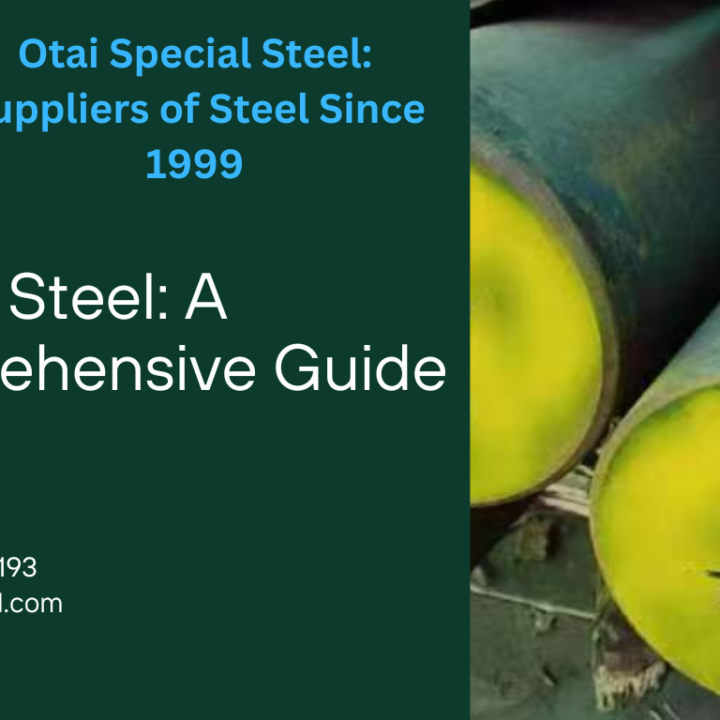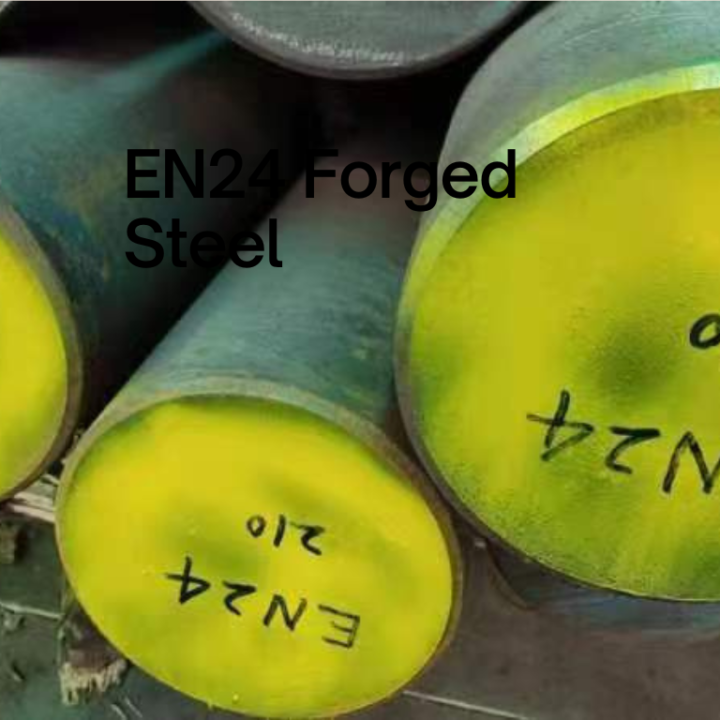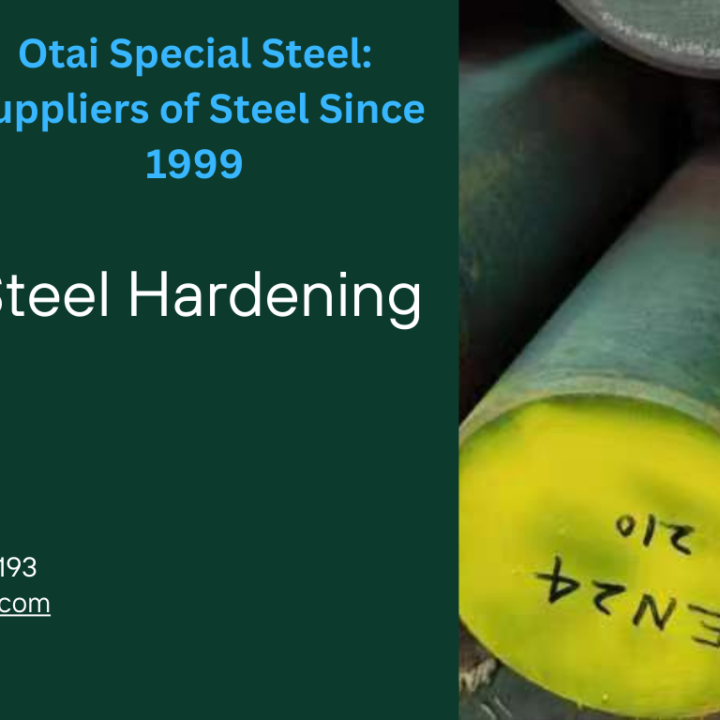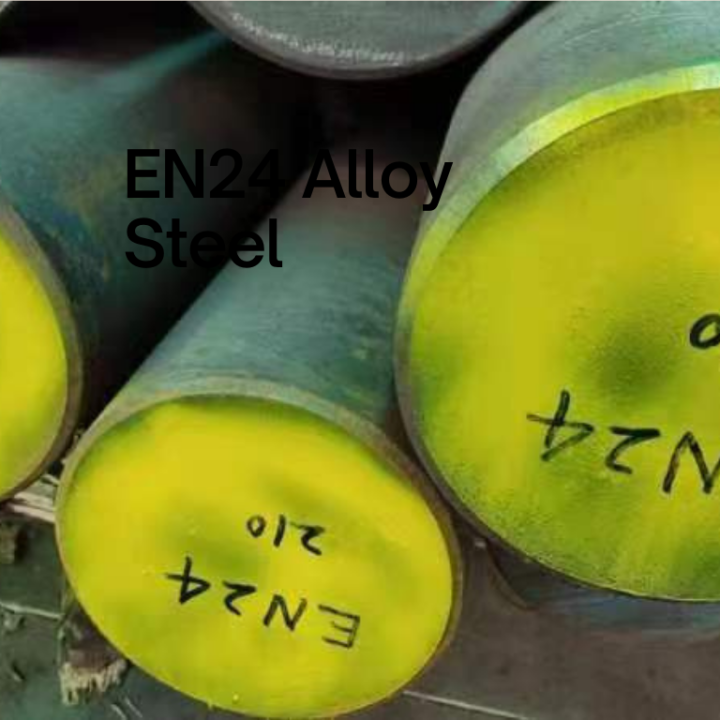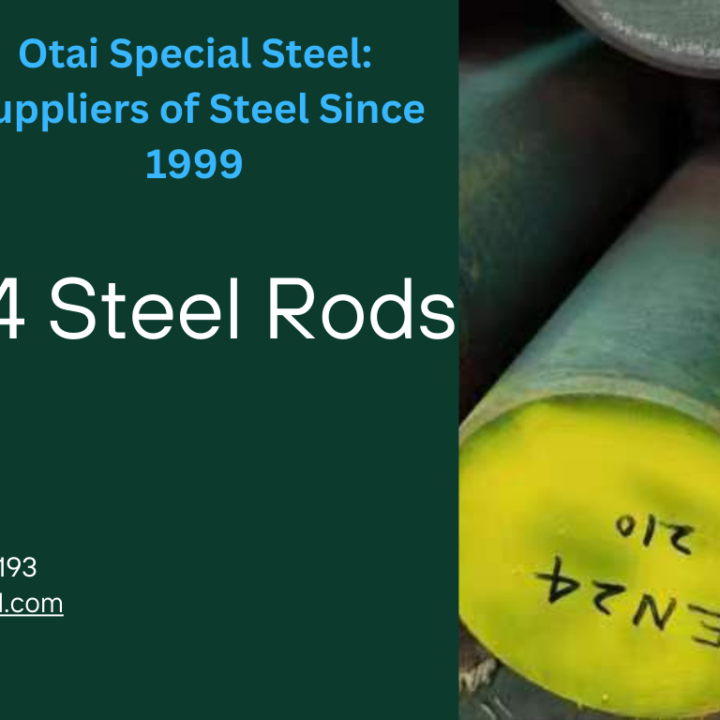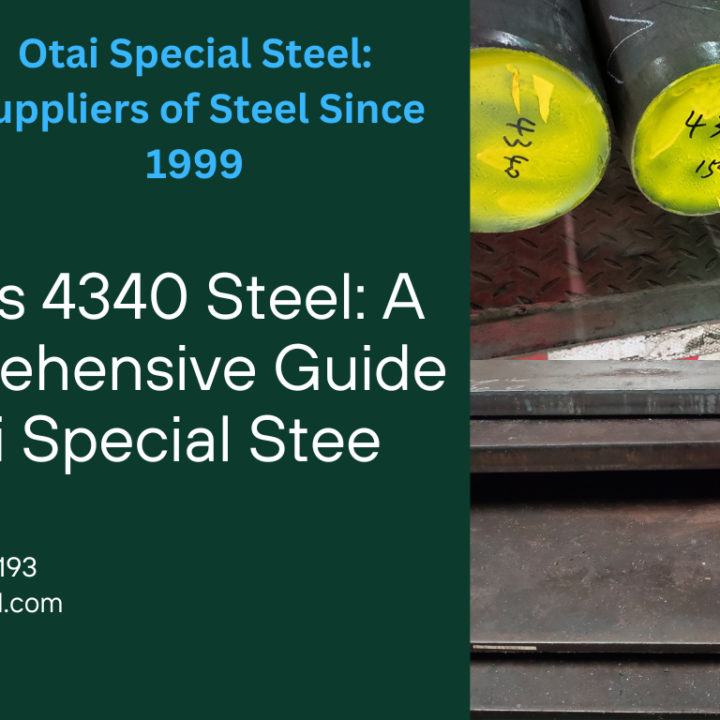Steel and ocean
Steel and the ocean are inseparable. The versatility of steel allows steel to be used in the ocean in different forms – transporting goods from all over the world to protect the land from the erosion of the ocean and to protect the life of the ocean. The low carbon, durability and high recovery of steel means that the amount of waste is extremely low, which also makes it the most sustainable material.
As a key structural material for offshore engineering equipment, steel is widely used in drilling platforms, production platforms, and submarine pipelines. Due to the long service life, it is necessary to resist the harsh wind and wave conditions for a long time. The cost of underwater repair and maintenance is extremely high. The steel plate used is gradually high strength, high toughness, easy weldability, good corrosion resistance, large thickness, and large normalization. Direction development.
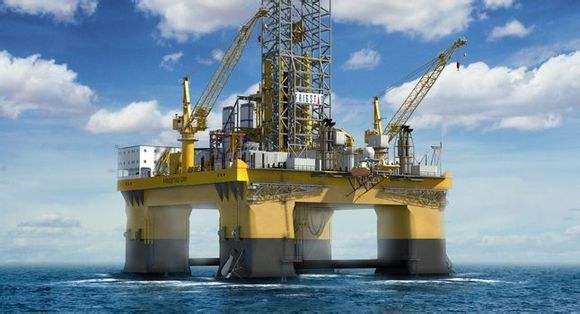
Composition and performance requirements for marine engineering steel
The factors affecting the performance of steel are chemical composition, smelting, and casting, rolling and heat treatment processes, etc., which are mainly composed of chemical components; sulfur and phosphorus content directly affect the performance of the thickness direction of the steel plate. Sulfur is the most severe element of segregation in continuous casting billets. Sulfur can cause the steel to be hot and brittle, causing cracks in the steel during high-temperature forging. Many loose and vent holes are produced during welding.
Therefore, the steel plate for offshore platforms has strict requirements on the content of sulfur and phosphorus, and the content of sulfur is strictly controlled.
Performance requirements for marine engineering steel
Because the offshore platform is immersed in seawater all year round, it has to withstand all kinds of bad sea conditions. Therefore, the technical indexes of steel for offshore platforms are extremely high, not only have high resistance to atmospheric corrosion and seawater corrosion but also require good Mechanics and processing properties, etc. The performance requirements for steel for offshore platforms include:
(1) It has high strength and resists wind current impact above the water surface. It has good resistance to laminar tearing and prevents the steel from tearing when subjected to external forces in the thickness direction;
(2) It has good low-temperature impact performance, and some marine platform steels need to have good impact performance in -60 °C environment, and can be used in an extremely cold environment;
(3) It has good welding performance, and the welded joint performance has the same or similar mechanical properties as the base metal, ensuring the safety of the overall structure of the offshore platform;
(4) Steel purity requirements. Steel needs to have a very low content of impurity elements such as P and S, and has high requirements on the shape, type, and distribution of inclusions, avoiding the fatigue failure of the offshore platform when it is affected by the typhoon and current movement, and guaranteeing life and life. Property security.
